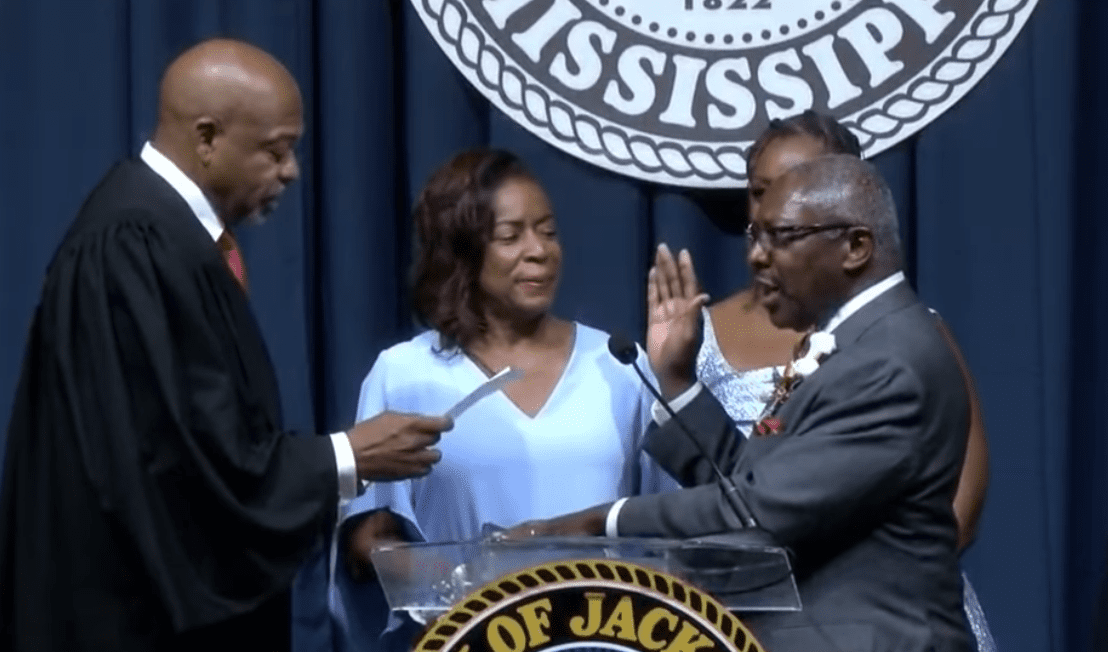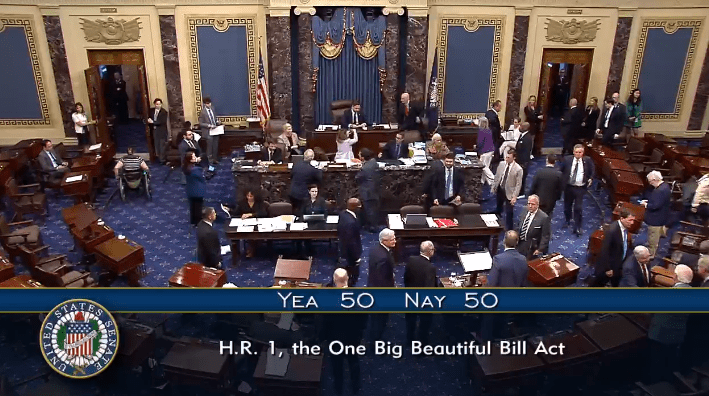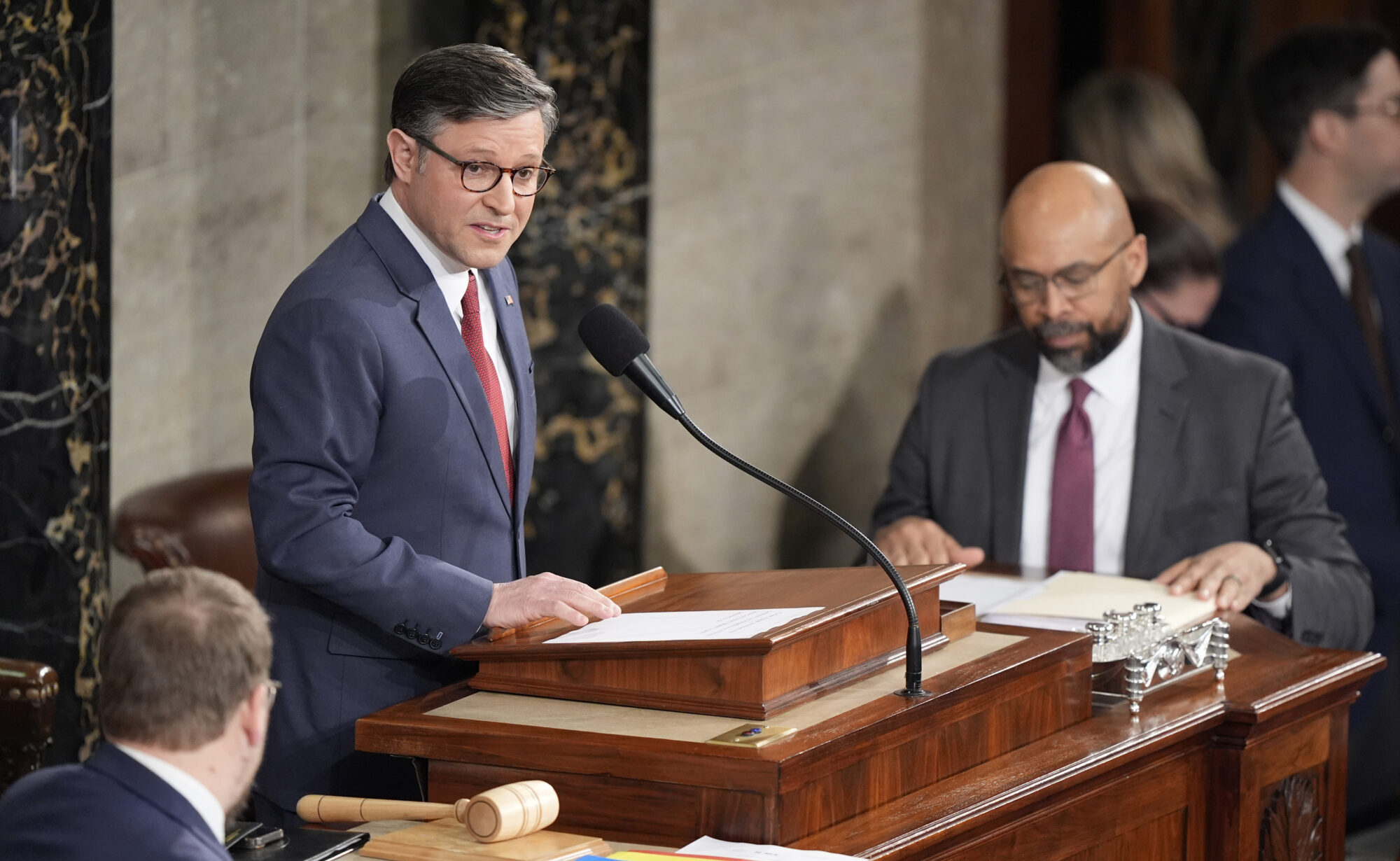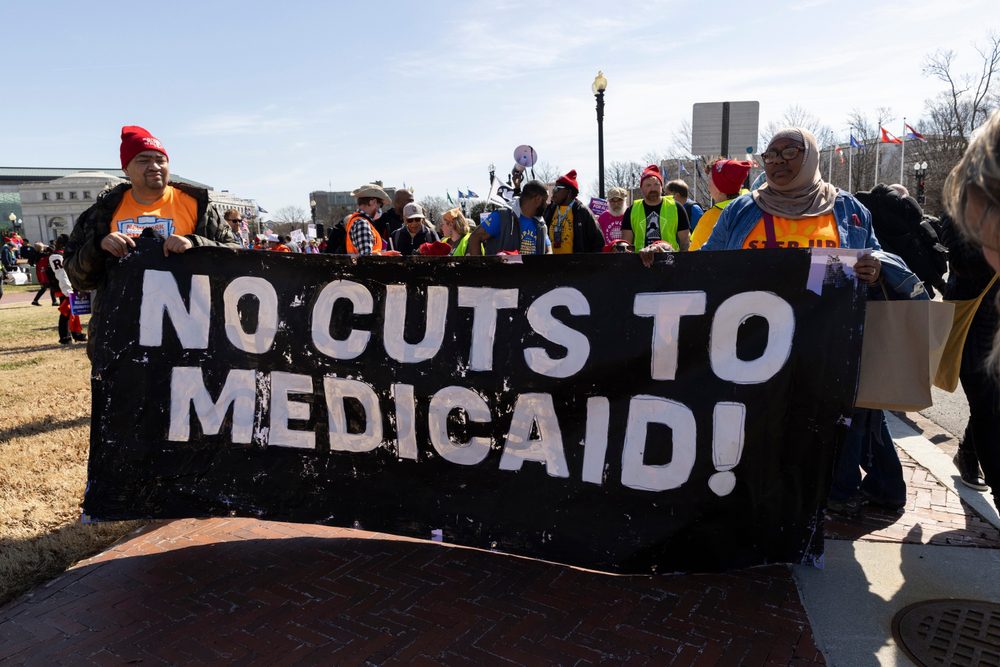Making Construction Firms Buy American Materials Costs Money
By Stephen Lusk
President Trump’s proposed budget plan would redirect $1 trillion to infrastructure spending over the next decade. This comes shortly after the previous administration signed a bill into law that would increase infrastructure spending by $305 billion over the next five years. While potential allies call for even greater amounts, policy critics suggest implementing free market principles to stretch a smaller amount of funding. By removing Buy America rules, repealing the Davis-Bacon Act, and continuing to repeal burdensome regulations, Trump can craft a more fiscally conservative infrastructure plan.
The Congressional Budget Office reports that state, federal, and local governments spent $416 billion on infrastructure in 2014 alone, accounting for roughly 2.5 percent of gross domestic product (GDP). Approximately one quarter of all infrastructure spending came via the federal government. Trump’s plan would increase it by $20 billion per year.
Current Buy America provisions drive up the cost of infrastructure development by preferring that all projects receiving federal funding be completed using American-made materials. Not only do these provisions ramp up costs, they also encourage government contracts to be awarded to larger construction firms that can bear the costs associated with completing a project with overpriced, union-made materials. This puts smaller construction firms at a disadvantage during the bidding process.
The Davis-Bacon Act sets forth a system of determining federal minimum wages that contractors must pay employees while completing federal infrastructure projects. Signed by President Herbert Hoover during the Great Depression, free-marketeers argue that these provisions are outdated and should go the way of the Glass-Steagall Act. Federal minimum wage requirements raise project costs at an expense to taxpayers.
While many tradesmen may make above the Act’s required wages and are unaffected, some do not. An inexperienced laborer who would normally make $8 an hour may suddenly be mandated to make $1 an hour while on a government project. Although this may be a win for the laborer, the taxpayer finances the temporary raise and project costs are artificially increased by outdated legislation.
Slashing burdensome regulations would lower these tremendously. Red tape costs unaware taxpayers millions of dollars per year. To put the cost into perspective, imagine a stack of one billion dollar bills beside a stack of one trillion dollar bills. The $1 billion stack would extend almost 70 miles, nearly into outer space. This distance pales in comparison to the $1 trillion stack, which would stretch 67,866 miles, or a quarter of the way to the moon. A report by the Competitive Enterprise Institute found that the federal government spent upwards of $50 billion funding quasi-legislative agencies to pass new regulations and enforce existing regulations in 2010 alone. When the National Association of Manufacturers explored the issue in 2014, they found that federal regulations cost the American economy $2.028 trillion in 2012 alone. The federal government spent a 3,500 mile high stack of money which prevented the economy from producing their own stack 137,632 miles high!
The stacks have only increased since the two separate reports were released. The Heritage Foundation’s Michael Sargent writes that $550 billion can be added to infrastructure development by easing certain industry-specific laws as well as regulations that restrict private investment into infrastructure.
By bringing a handful of free market elements to infrastructure spending policy, the president can craft a more responsible budget. As a result of following a game plan that allows more market forces to work, Trump and Congress can steer over $1 trillion to infrastructure spending over 10 years without expanding the national debt. The current administration can accomplish this by allowing contractors the flexibility not necessarily have to buy American construction material, which could cause a ripple effect potentially leading to a freer economy.
Another step towards better infrastructure would be to repeal the Davis-Bacon labor guidelines, which would drive down the costs of development to taxpayers. Finally, Trump can continue to remove regulations, following an executive order he signed mandating that for every new regulation enacted, two must be removed. Federal regulations cost the economy trillions every year while also restricting private sector development into infrastructure.
Hopefully, Trump can fulfill his campaign promise of revitalizing public infrastructure while considering the $20 trillion national debt. This could save him and his allies on the Hill a ton of headaches in 2018.
Stephen Lusk is a marketing major at Mississippi State University, and is currently interning with Young Voices Advocates.







